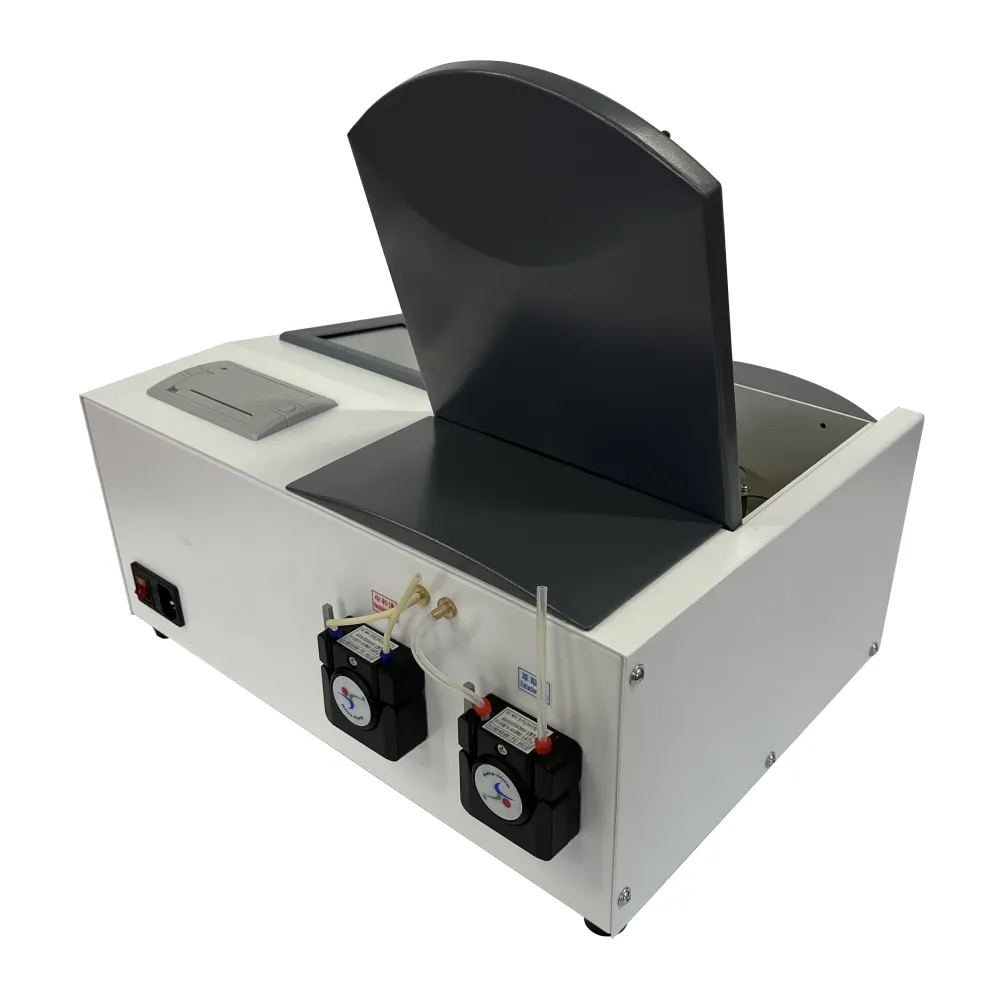 English
English


induced voltage test transformer
Understanding Induced Voltage Test Transformers
Induced voltage test transformers are essential tools in the electrical engineering field, particularly for assessing the dielectric strength and insulation properties of electrical equipment. These specialized transformers are designed to generate high voltages under controlled conditions, enabling thorough testing of insulation systems in various electrical components.
Principle of Operation
The operation of an induced voltage test transformer relies on the principle of electromagnetic induction. By applying a lower primary voltage to the transformer, it generates a significantly higher voltage at the secondary winding. This high voltage is used to stress the insulation of electrical devices, ensuring they can withstand operational conditions. Typically, the output can range from a few kilovolts to several hundred kilovolts, depending on the transformer design.
Key Applications
Induced voltage test transformers are primarily employed in the testing of cables, transformers, circuit breakers, and other high-voltage apparatus. The main goal of these tests is to identify potential weaknesses or faults in the insulation before the equipment is put into service. By subjecting components to elevated voltage levels, technicians can simulate the stresses that these devices would encounter during normal operation, thus ensuring their reliability and safety.
Moreover, these transformers are crucial during routine maintenance checks and before commissioning new installations. By verifying the integrity of insulation, engineers can prevent catastrophic failures that may lead to equipment damage or operational downtime.
induced voltage test transformer

Testing Procedures
The standard procedure for induced voltage testing involves several steps. First, the equipment under test (EUT) is connected to the secondary side of the test transformer. The primary side is then energized at a predetermined voltage level. As the voltage increases, monitoring equipment checks for any abnormal current leakage or breakdown. This process helps in assessing the dielectric properties of the insulation material and ensures that it meets industry standards.
The duration of the test typically ranges from one to several minutes, depending on specified standards and the type of equipment. Safety precautions are paramount during this process, as high-voltage testing poses significant hazards.
Importance of Safety Measures
Given the high voltages involved, safety must always be a priority during induced voltage testing. Utilizing proper grounding techniques, insulating materials, and safety equipment is essential to protect technicians and equipment alike. Additionally, personnel should have appropriate training and certifications to handle high-voltage testing safely.
Conclusion
Induced voltage test transformers play a pivotal role in the electrical industry by ensuring the reliability and safety of high-voltage equipment. Through their unique ability to generate high voltages for testing insulation systems, these transformers help identify potential issues that could compromise equipment performance and safety. As technology continues to evolve, the methods for testing and validating the strength of electrical insulation will likely improve, further enhancing the reliability of our electrical infrastructure. Whether for maintenance, quality assurance, or system installation, induced voltage test transformers remain indispensable tools for electrical engineers and technicians worldwide.
-
Differences between open cup flash point tester and closed cup flash point testerNewsOct.31,2024
-
The Reliable Load Tap ChangerNewsOct.23,2024
-
The Essential Guide to Hipot TestersNewsOct.23,2024
-
The Digital Insulation TesterNewsOct.23,2024
-
The Best Earth Loop Impedance Tester for SaleNewsOct.23,2024
-
Tan Delta Tester--The Essential Tool for Electrical Insulation TestingNewsOct.23,2024





